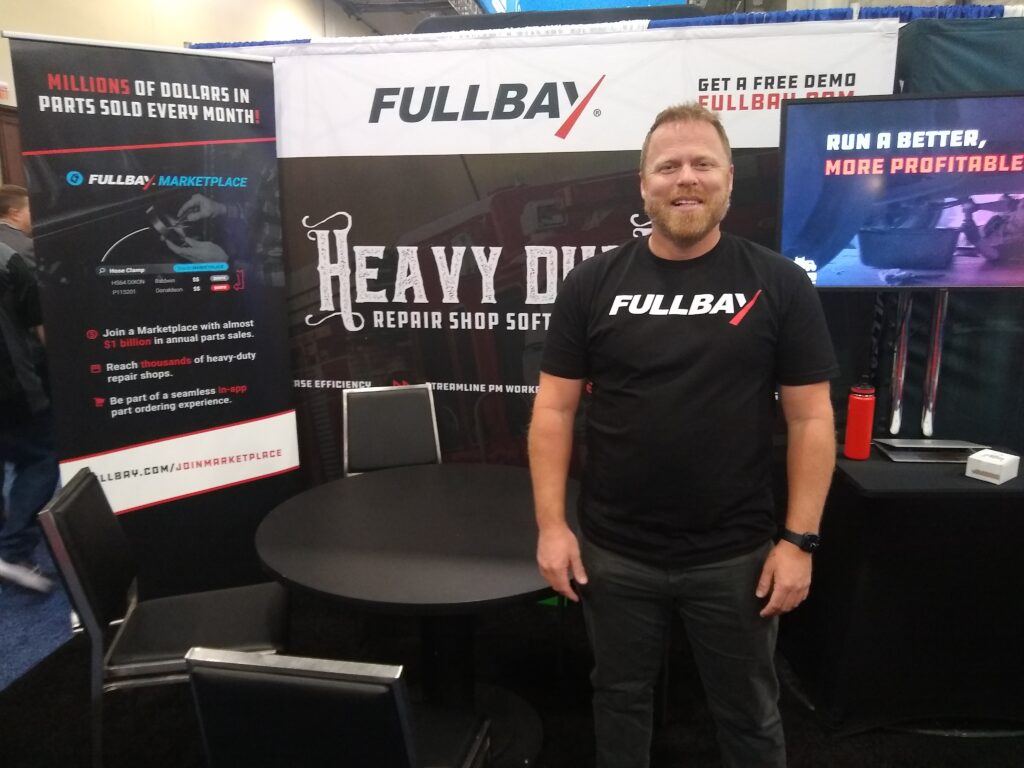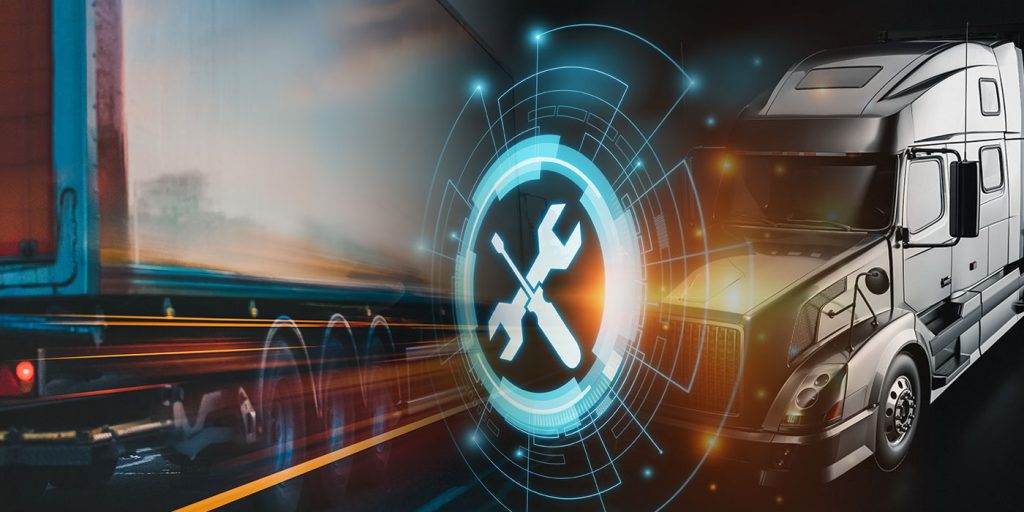There’s an interesting shift happening in truck technology conversations. It used to be, and still is in some segments, that talk of what could be possible with the latest data-driven solutions dominated talking points. Several years ago, in the heavy-duty aftermarket, in particular, the future was painted in the gleam of newly launched (or revamped) ecommerce, parts ordering platforms and there were efforts to try to standardize heavy-duty truck parts information.
Years later, all of that is possible! But, the same challenges remain. Actually finding the right part—the seemingly most basic and, arguably, important component of the connected service solution—is a stark example of how far technology has come to solve the problems of today’s truck service segment, and how much further the industry has to go to solve the problems.
“When you’re trying to source parts in the commercial repair space, there are two main struggles, and finding the part is not the first one,” said Jacob Findlay, co-founder, Fullbay, a shop management system that connects every function of the truck service with the aim of improving workflow and creating transparency in operations.
See what I mean? Mind-expanding technology at our fingertips and the challenges facing the truck service segment are the age-old questions. So what’s holding us back?
“Some of the distributors understand the concept of an API, connecting cloud applications, and enabling electronic ordering. Others may be on a system that doesn’t allow electronic orders or they don’t believe that’s the way it should be; that it should be a phone bank with a big book. There’s still old school thinking in terms of how parts orders should happen,” Findlay said. “On the supplier side, there are suppliers who integrate with e-commerce providers, and a lot of the suppliers see this as a great way to move more product.”
For its part, Fullbay launched Fullbay Marketplace last fall. It is an integrated parts-purchasing tool that allows shops to view part cost, availability and shipping times across vendors and then perform a single-click order. Additionally, the system enables users to drill down on landed costs for each part, something shops struggle to do without an automated system. The Marketplace also integrates with FindItParts, which provides access to more than 1,100 brands and 10 million part numbers.
“They’re a great partner because they specialize in parts that are very hard to find, which is a big issue,” Findlay said.
In late January, Findlay and Patrick McKittrick, who was named Fullbay CEO in November, were on the show floor at HDAW to meet with suppliers, understand the parts needs of fleets and talk with distributors about how to connect the vast aftermarket parts network. I caught up with the truck technology-minded duo and picked their brains about how the heavy-duty aftermarket segment can quickly catch up to those connected expectations that we all dreamed about several years ago. Here’s what they had to say.
On working with distributors to connect parts supply to the truck shop demand
“The parts distributor landscape is very regionalized,” McKittrick said. “There are only a few large distributors that have presence in the majority of states. Most of them are regional, and a lot of the aftermarket parts are actually moved by dealer groups.”
Fullbay has been talking with said groups to try to pull together parts inventory and visibility through connected technology.
“We have to build critical mass to gain sufficient traction in the market. So slow and steady wins the race,” McKittrick said. “But there are levers that we can’t pull–the distributors and suppliers have to choose to pull them. Early adopters and the fast movers are going to increase their market share by getting onboard with the idea.”
On the state of parts data standardization
There was a heavy pause when I asked the duo about integrating Fullbay Marketplace with a distributor’s parts data.
“We’ve only done one so far that’s live, and that process was okay,” Findlay said.
What was the big challenge?
“The concept of parts data standardization is there,” McKittrick said, “but there’s not a lot of adoption.”
This is the huge challenge of the heavy-duty aftermarket. You can have all the understanding of APIs and investment in technology, but if your data is a mess, then integrations can take forever or fall apart quickly.
“Without a standard, integration is very difficult,” McKittrick said.
Fullbay is making it work and spreading the good word of heavy-duty parts standards and proper parts data practices, but it’s not a challenge that is surmounted overnight.
“It’s the reason why parts people are so valuable,” McKittrick said. “There’s so much tribal knowledge in the aftermarket.”
Fleets can play a large role in putting the need for standards front and center. If you’re talking with your service partners, fleets can ask what the parts sourcing process is like. How much integration is there? Implementing technology driven solutions in your own shop to speed up your own service throughput can help pull through aftermarket data integrations, much like we’ve seen on the tractor telematics side.
“So let’s all collaborate and cooperate,” Findlay said. “There’s a way to do it where everybody wins.”
On the impact of the technician shortage
Findlay and McKittrick pointed toward another truck service segment challenge that Fullbay is taking aim at—the technician shortage. And their take on the impact was unique:
“The biggest problem for the service side isn’t the part shortage, as bad as it is–it’s finding technicians,” Findlay said. “On top of that, the quantity of technicians available to hire continues to go down as the quantity of commercial vehicles goes up. Though 2019 is the least solid data available, we know that about 11 people die every day from just fatalities, not to mention injuries, from accidents with commercial vehicles.
“Two of those 11 are drivers on average,” he continued passionately, “and four out of 11 of the fatalities are a result of poorly maintained vehicles. Preliminary data in 2020 shows that highway fatalities actually went up. So you have this public health hazard.”
So what can Fullbay do to help push this trend in a positive direction?
“Because we’re cloud-based,” Findlay began, “we have the largest collection of real-time repair information in North America. The vast majority of the repairs happen at the independents, and along with that, just a ton of data on parts. We want to make the shops more efficient and more profitable, and by extension, the fleets will be too because they keep the trucks up and running. Running a better service process also keeps the roads safe for our families. We deeply believe that. We believe we can help ensure that trucks are better maintained, fleets and shops make more money, and fewer people die on the roads.”
For the past several years, Fullbay has released a report on the State of Heavy-Duty Repair. Click below to read the write up on Fullbay’s latest report:














